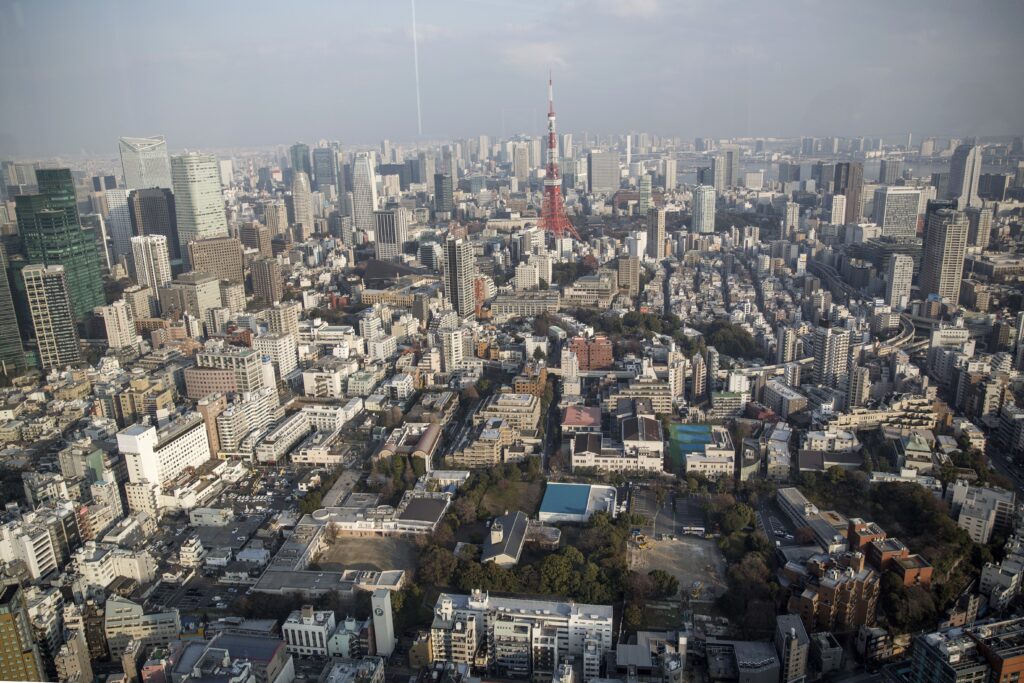
- ARAB NEWS
- 19 Aug 2025

TOKYO: Japan’s energy self-sufficiency rate in FY2023 stood at 15.2 percent, up by 2.6 percent year-on-year and marking the highest level since the 2011 Great East Japan Earthquake, according to the preliminary FY2023 Energy Supply and Demand Report from the Agency for Natural Resources and Energy.
Energy consumption decreased 3.0 percent year-on-year, with city gas dropping 4.1 percent, coal 4.0 percent, oil 2.9 percent, and electricity 2.5 percent.
The business sector showed a decrease due to sluggish production in the manufacturing sector, while the residential sector also showed a decrease due to a lower rate of teleworking.
Domestic primary energy supply decreased by 4.1 percent year-on-year. Fossil fuels decreased by 7.0 percent, while the share of non-fossil fuels increased by 10.6 percent, showing an increase in renewable energy (including hydroelectric power) for the 11th consecutive year.
In terms of fossil fuels, a decrease was seen in all of the following sectors on a year-on-year basis: coal by 8.4 percent, natural and city gases by 7.9 percent and oil by 5.5 percent. In terms of non-fossil fuels, nuclear power increased by 51.2 percent, and renewable energy (excluding hydroelectric power) increased by 5.5 percent. The share of non-fossil fuels increased to 19.2 percent, the highest level in 25 years.
The fuel breakdown of generated electricity shows that renewable energy (including hydroelectric power) accounted for 22.9 percent, up by 1.0 percentage point; nuclear energy was 8.5 percent, up by 2.9 percentage points; and thermal power was 68.6 percent, down by 4.0 percentage points.
CO2 emissions decreased by 4.8 percent on a year-on-year basis, at 0.92 billion tons, showing a decrease of 25.9 percent from FY2013 and the lowest level since FY1990.